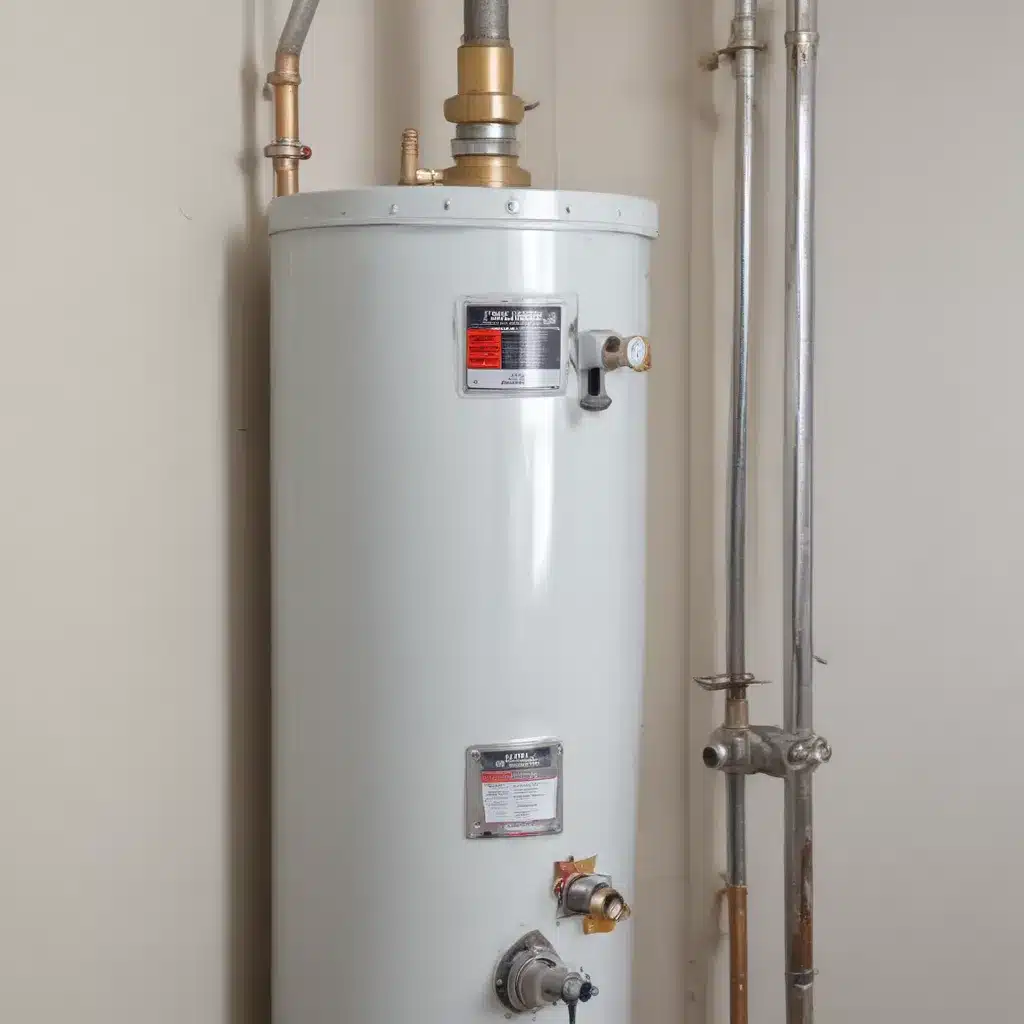
Water heaters are the unsung heroes of our homes, providing us with the hot water we rely on daily. In our 10 years of water heater experience… Yet, these hardworking appliances face a constant battle against an invisible foe – corrosion. Corrosion is the bane of water heaters, slowly eroding the tank and compromising its structural integrity over time. Fortunately, there’s a key component that can help protect your water heater from this insidious threat: the anode rod.
The Crucial Role of Anode Rods
Anode rods, often referred to as “sacrificial anodes,” are essential components in any water heater. Typically made from aluminum, magnesium, or zinc, these rods are designed to prevent rust and corrosion within the water heater tank. The principle behind their operation is based on the concept of galvanic corrosion.
In this electrochemical process, the anode rod, being more reactive than the steel tank, corrodes preferentially, “sacrificing” itself to protect the tank. As the anode rod gradually deteriorates, it draws the corrosive elements away from the tank, effectively shielding it from the damaging effects of rust and corrosion.
The choice of anode rod material depends on the composition of the water in your home. Aluminum rods are generally suitable for hard water areas, while magnesium rods are more effective in softer water conditions. Zinc rods, often a combination of aluminum and zinc, are primarily used to combat unpleasant sulfur odors in the water.
Monitoring Anode Rod Condition
Regular inspection and replacement of the anode rod are crucial to maintaining the longevity and efficiency of your water heater. Over time, as the rod gradually corrodes, it becomes less effective in protecting the tank. Recognizing the signs of anode rod deterioration is key to timely maintenance.
Look for the following indicators that it’s time to replace the anode rod:
- Visible Wear: If the rod appears significantly thinner or shorter than when it was first installed, it’s time for a replacement.
- Discoloration: A rod that has turned chalky white or developed a powdery coating may be nearing the end of its useful life.
- Sediment Buildup: Excessive sediment or debris accumulating around the rod can be a sign that it’s no longer effectively protecting the tank.
- Unusual Smells: If you notice a rotten egg-like odor in your hot water, it could mean the anode rod is depleted and allowing corrosion to occur.
Regularly inspecting the anode rod, typically every 2-3 years, will help you identify when it’s time for a replacement. This proactive approach can significantly extend the lifespan of your water heater and prevent costly repairs or premature replacement.
Replacing the Anode Rod
Replacing an anode rod is a straightforward process, but it’s important to approach it with caution and proper safety measures. Here’s a step-by-step guide:
- Turn off the power to the water heater, either by switching off the circuit breaker or unplugging the unit.
- Shut off the water supply to the heater and drain a few gallons of water from the tank to reduce pressure.
- Locate the anode rod, usually accessible from the top of the tank, and use a socket wrench to remove it.
- Carefully insert the new anode rod, making sure it is tightened securely.
- Refill the tank and restore power to the water heater.
While this process can be done as a DIY project, it’s recommended to seek the assistance of a professional plumber, especially if you’re unfamiliar with water heater maintenance. Professionals can double-check that the replacement is done safely and effectively, protecting your investment in the long run.
Debunking Anode Rod Myths
Anode rods are often surrounded by misconceptions and unanswered questions, which can lead to improper maintenance or unnecessary replacements. Let’s address some of the most common myths and concerns:
Myth: Anode rods are only necessary in areas with hard water.
Fact: Anode rods are essential for all water conditions, even in areas with soft water. While hard water accelerates the depletion of anode rods, corrosion can occur in any water environment due to the presence of oxygen and other natural elements.
Question: Can I replace an anode rod myself?
Answer: While it’s technically possible to replace an anode rod on your own, it’s a task that requires specific tools and a good understanding of your water heater’s components. For those unfamiliar with water heater maintenance, it’s often best to consult a professional plumber to double-check that the replacement is done correctly and safely.
Myth: A depleted anode rod means your water heater is doomed.
Fact: A depleted anode rod does increase the risk of corrosion, but it doesn’t necessarily mean your water heater is beyond saving. Timely replacement of the rod can still significantly extend the lifespan of your water heater. Regular inspections, ideally every 2-3 years, can help identify when the rod is nearing depletion and prevent potential damage to the tank.
By understanding the role of anode rods and dispelling these myths, you can maintain your water heater effectively, saving both time and money in the long run.
The Experts at Water Heater Pick
At Water Heater Pick, we specialize in ensuring your water heater operates at peak efficiency with comprehensive maintenance, including anode rod inspection and replacement. Our team of experts can help extend the life of your water heater and provide peace of mind with reliable and efficient services.
Don’t let water heater maintenance be a concern – leave it to the professionals at Water Heater Pick for guaranteed satisfaction.
Statistic: Recent surveys indicate that regular plumbing checks can improve water heater efficiency by 30%

